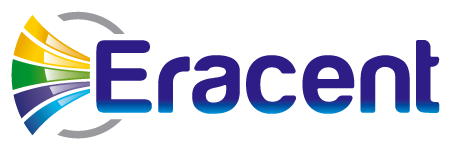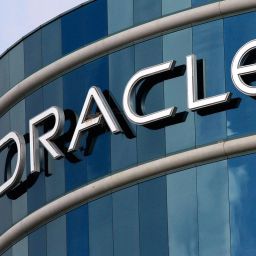As an end-user of Oracle software, your organization is considering moving to the cloud. What are the considerations when making this decision? If you move to the cloud, how will you track, manage and optimize the software licenses? It’s important to know what to do in terms of software licensing and tracking deployments, and have access to supporting data that will enable your organization to make good decisions about optimization.
First, why move to the cloud? Most companies are shifting from paying and caring for their own infrastructure to using the cloud to reduce IT capital expenditures. In cloud environments, you pay only for what you use and select the type of offering based on how much control your IT organization is willing to relinquish. The levels of control for cloud offerings are Infrastructure as a Service (IaaS), Platform as a Service (PaaS) and Software as a Service (SaaS). Most companies are implementing hybrid cloud environments so that they can continue using on-premises software while moving some applications to the cloud. A hybrid cloud environment requires integration and it’s important to be aware of costs, the integration between on premises and cloud environments (network/security), and integration between applications (i.e. Oracle Databases and Oracle E-Business Suite).
There are two licensing models in the public cloud – subscription or Bring Your Own Licenses (BYOL). With subscription-based, the cloud provider owns the software licenses. With BYOL, the end-user organization owns the licenses and is required to have active software updates and support.
Who are the Oracle-approved public cloud providers other than Oracle’s Database Cloud Services? Amazon Web Services (AWS) Relational Database Services (RDS) offers both subscription or BYOL. Amazon Web Services (AWS) Elastic Compute Cloud (EC2) offers BYOL only, and Microsoft Azure provides BYOL. Oracle Database Cloud Services is a pay-per-use, hourly metered or non-metered monthly fixed rate subscription. However, you can BYOL in Oracle’s Infrastructure as a Services (IaaS) Compute Cloud Service.
Let’s examine cloud licensing guidelines with AWS RDS. As previously described, AWS RDS offers two licensing models. With “License Included” (subscription), you don’t need separately purchased Oracle licenses; the Oracle Database software has been licensed by AWS with a per-hour charge. The other option is BYOL. Licensing in the AWS RDS Cloud is determined by the following Oracle policy document:
The following are AWS RDS license counting rules:
- Customers are required to count two vCPUs as equivalent to one Oracle processor license if hyper-threading is enabled
- Customers are required to count one vCPU as equivalent to one Oracle processor license if hyper-threading is not enabled
Note that when counting Oracle processor licenses the Oracle processor Core Factor Table is NOT APPLICABLE (see policy document).
The following is an example of Oracle cloud licensing:
- Oracle Database Enterprise Edition on a single instance of four Amazon vCPUs, where hyper-threading is enabled, would require two processor licenses
Note that Standard Named User Plus licensing applies, including counting the minimums where applicable.
How do you track, manage and optimize Oracle licenses in the cloud, with confidence?
It is critical to utilize a reliable Software Asset Management (SAM) solution that is capable of discovering, normalizing and optimizing Oracle software licenses. A SAM solution is crucial in a public cloud environment due to the capacity-on-demand capabilities. Not knowing when vCPUs are increasing in your cloud environment can potentially cause huge financial penalties. It’s important to be aware that not all SAM tools are capable of discovering Oracle software in the cloud.
A SAM tool should provide a wide range of data elements and perspectives for effective management. You need more than discovery – you need planning, agreements, purchases, descriptions, installations, usage and optimization recommendations. More specifically, here is the critical information that you will need for proactive management:
- Cloud hosting agreements
- Licensing terms, grants and rights (BYOL or SaaS)
- Installation and Usage details (Application, Options, Users)
- Financial data
- Changes and trends
The ultimate goals are compliance and license optimization (with resulting savings), and a solid SAM tool will help you achieve them.
For more information on Oracle licensing in the cloud and Eracent’s Continuous License Reconciliation™ modules for SaaS Applications and Oracle Applications, please view our webinar:

– by William Choppa
William Choppa is the President of Eracent. He has almost twenty years’ experience helping clients meet their ITAM and SAM challenges with his knowledge of technical solutions and business process best practices.




